Home>Garden Essentials>How Many Square Feet Does A Bale Of Straw Cover For Grass Seed
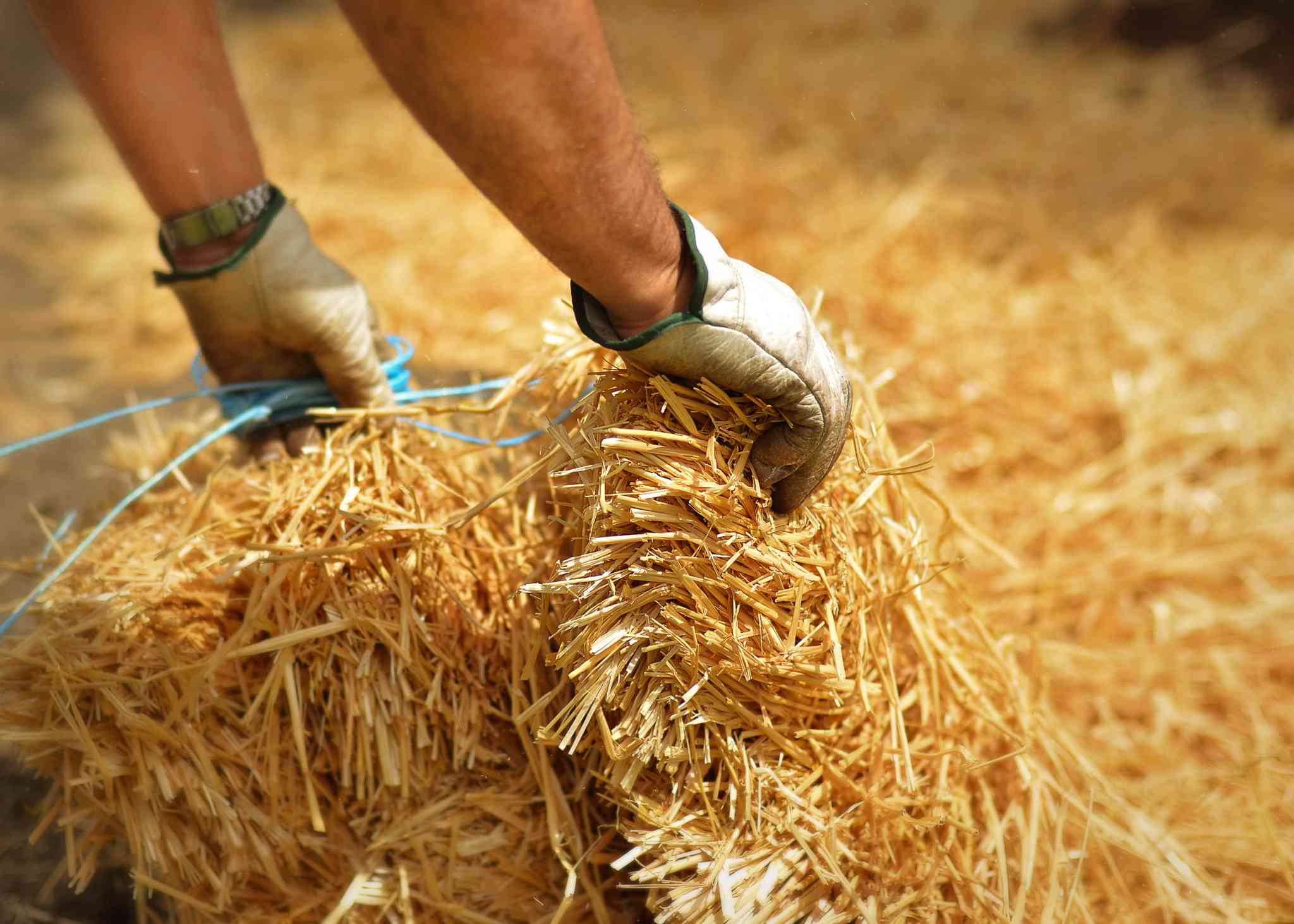

Garden Essentials
How Many Square Feet Does A Bale Of Straw Cover For Grass Seed
Modified: May 6, 2024
"Discover how many square feet a bale of straw can cover for grass seed in your garden. Maximize your lawn's potential with this helpful guide."
(Many of the links in this article redirect to a specific reviewed product. Your purchase of these products through affiliate links helps to generate commission for Storables.com, at no extra cost. Learn more)
Introduction
When it comes to planting grass seed, ensuring proper coverage is essential for successful growth and a lush green lawn. One factor that plays a significant role in achieving adequate coverage is the amount of straw needed to cover the seeded area. But how many square feet does a bale of straw cover for grass seed?
Understanding the coverage of a bale of straw is crucial for gardeners, homeowners, and anyone looking to establish a new lawn. In this article, we will explore the factors that affect coverage, the average coverage per bale, and provide practical tips for accurately calculating coverage for grass seed planting.
Before diving into coverage specifics, let’s take a moment to understand why straw is commonly used for covering grass seed. Straw acts as a protective layer that helps retain moisture and provide insulation for the seeds during the germination process. It also serves to prevent erosion and keep birds and other animals from feasting on the seeds.
Now, let’s delve into the factors that affect the coverage of a bale of straw when it comes to grass seed planting.
Key Takeaways:
- Ensure proper coverage for grass seed by calculating the amount of straw needed based on area size and recommended thickness. Distribute straw evenly and secure it against wind for successful germination.
- A single bale of straw covers 300 to 500 square feet of seeded area, but calculate based on your project’s specific size and thickness requirements. Dispose of straw responsibly after seed establishment.
Factors Affecting Coverage
Several factors influence the coverage of a bale of straw when it comes to grass seed planting. Understanding these factors will help you determine the amount of straw you need for your specific project. Here are the key factors to consider:
- Density of Straw: Different bales of straw can have varying densities, depending on the type of straw and how it was compressed. Denser bales will cover a larger area compared to less dense ones.
- Thickness of Straw Layer: The recommended thickness of the straw layer can vary depending on the specific requirements of your grass seed and the climate conditions. A thicker layer of straw may require more bales to achieve proper coverage.
- Seed Type: The type of grass seed you are using will also affect the coverage. Some grass seed varieties require a thicker layer of straw for optimal germination and protection.
- Slope and Soil Condition: If you are planting grass seed on a slope or in loose, sandy soil, the coverage may need to be adjusted. These conditions can cause the straw to shift or be carried away, requiring additional straw for proper coverage.
- Wind Exposure: Windy conditions can blow away straw, reducing the coverage. If you are planting in a windy area, consider using additional straw or taking extra precautions to secure the straw in place.
Understanding these factors will help you estimate the coverage per bale more accurately and ensure the successful establishment of your grass seed. Now, let’s explore the average coverage that you can expect from a single bale of straw.
Average Coverage per Bale
The average coverage of a bale of straw for grass seed can vary depending on the factors mentioned earlier. However, as a general guideline, a single bale of straw typically covers around 300 to 500 square feet of seeded area.
This estimate is based on a standard bale size of approximately 18 inches by 18 inches by 36 inches. Keep in mind that these measurements can vary slightly depending on the baling method and the supplier. It’s always a good idea to check with your supplier or read the product specifications to get accurate measurements for the bales you are purchasing.
It’s also important to note that this estimate assumes a recommended thickness of straw layer, around 1 to 2 inches. If you plan to apply a thicker layer of straw, you may need additional bales to achieve the desired coverage.
Now that you have an idea of the average coverage per bale, let’s move on to calculating the coverage for your specific grass seed planting project.
A standard bale of straw can cover approximately 1,000 to 1,500 square feet when used for grass seed. This coverage can vary based on the thickness of the straw layer and the type of grass seed being used.
Calculating Coverage for Grass Seed
To calculate the coverage for grass seed, you’ll need to consider the size of the area you plan to seed and the recommended coverage thickness. Here’s a step-by-step process to help you calculate the amount of straw bales you’ll need:
- Measure the Area: Use a measuring tape or a measuring wheel to determine the length and width of the area you plan to seed. Multiply these measurements to calculate the total square footage.
- Check the Recommended Coverage Thickness: Refer to the instructions provided by the grass seed manufacturer or consult with a gardening expert to determine the recommended thickness of the straw layer. This is typically around 1 to 2 inches.
- Calculate the Volume of Straw: Multiply the area’s square footage by the recommended coverage thickness (in feet) to get the volume required. For example, if you have a 500 square foot area and a recommended thickness of 0.125 feet (1.5 inches), the volume would be 62.5 cubic feet (500 sq ft x 0.125 ft).
- Account for Compression: Consider any potential compression issues with the straw. If the straw is tightly packed or compressed, you may need to adjust the volume accordingly.
- Divide by Average Coverage per Bale: Divide the calculated volume by the average coverage per bale to determine the number of bales needed. For instance, if each bale covers 400 square feet and the calculated volume is 62.5 cubic feet, you would need approximately 0.16 bales (62.5 cu ft / 400 sq ft per bale).
- Round Up: It’s always a good idea to round up to the nearest whole number when estimating the number of bales needed. This ensures you have enough straw to cover the entire seeded area.
By following these steps, you can accurately calculate the number of straw bales required for your grass seed planting project, taking into account the specific size and thickness requirements. However, there are a few additional tips to keep in mind for achieving accurate coverage.
Tips for Accurate Coverage
To ensure accurate coverage when using straw for grass seed planting, consider the following tips:
- Take Measurements Carefully: Accurate measurements of the area you plan to seed are crucial for calculating the right amount of straw. Use precise measuring tools and double-check your calculations to avoid any discrepancies.
- Consider Extra Coverage: It’s always wise to err on the side of caution and have some extra straw on hand. This way, if you miscalculate or need to patch up any areas later, you’ll have enough material to work with.
- Distribute Straw Evenly: Ensure that the straw is spread evenly across the seeded area. Use a rake or your hands to distribute it uniformly, ensuring optimal coverage and protection for the grass seed.
- Secure the Straw: Depending on the weather conditions in your area, you may need to take extra measures to secure the straw. Consider using stakes, pegs, or biodegradable netting to prevent the straw from being blown away by strong winds.
- Water Properly: Adequate watering is crucial for grass seed germination, and it’s essential to consider this when using straw for coverage. Be mindful of overwatering or underwatering, as improper moisture levels can affect seed establishment.
- Monitor and Adjust: Keep an eye on the seeded area and make adjustments as needed. If you notice certain spots where the straw is thin or exposed, add more straw to ensure consistent coverage.
- Dispose of Straw Properly: Once the grass seed has established, you can remove the straw. Dispose of it responsibly by composting or using it as mulch in other areas of your garden.
By following these tips, you can ensure accurate coverage and maximize the success of your grass seed planting project. Now, let’s summarize the key points we’ve covered throughout this article.
Conclusion
Understanding the coverage of a bale of straw when it comes to grass seed planting is crucial for achieving a lush and healthy lawn. The factors that affect coverage, such as the density of straw, thickness of the layer, seed type, slope, soil condition, and wind exposure, all play a role in determining the amount of straw needed for your project.
On average, a single bale of straw covers around 300 to 500 square feet of seeded area, assuming a recommended thickness of 1 to 2 inches. However, it’s important to calculate the coverage based on the specific size of your project and the recommended coverage thickness to ensure accurate estimations.
By following the step-by-step process of measuring the area, checking the recommended thickness, and calculating the volume of straw required, you can determine the number of bales needed for your grass seed planting project.
Additionally, keeping in mind tips such as taking accurate measurements, distributing the straw evenly, securing it against wind, and properly watering the seeded area will help you achieve optimal coverage and promote successful seed germination.
Remember to dispose of the straw responsibly once the grass seed has established, and monitor the seeded area for any adjustments that may need to be made.
With the knowledge and understanding of the coverage of a bale of straw for grass seed planting, you can confidently embark on your lawn establishment journey, knowing that you are equipped to achieve the desired results and enjoy a beautiful, thriving lawn.
Ready to spruce up your garden's boundaries or give your lawn a fresh look? Dive into our guide on the best garden fence ideas, where you'll find inspiration and practical tips suited for any gardening enthusiast. If you're keen on transforming your space, explore our favorite landscaping ideas next. And for those curious about nurturing new life in their yards, our detailed insights into how long it takes for seeds to germinate will prove invaluable. Each piece is packed with expert advice to help you achieve the lush, thriving garden you've always wanted.
Frequently Asked Questions about How Many Square Feet Does A Bale Of Straw Cover For Grass Seed
Was this page helpful?
At Storables.com, we guarantee accurate and reliable information. Our content, validated by Expert Board Contributors, is crafted following stringent Editorial Policies. We're committed to providing you with well-researched, expert-backed insights for all your informational needs.
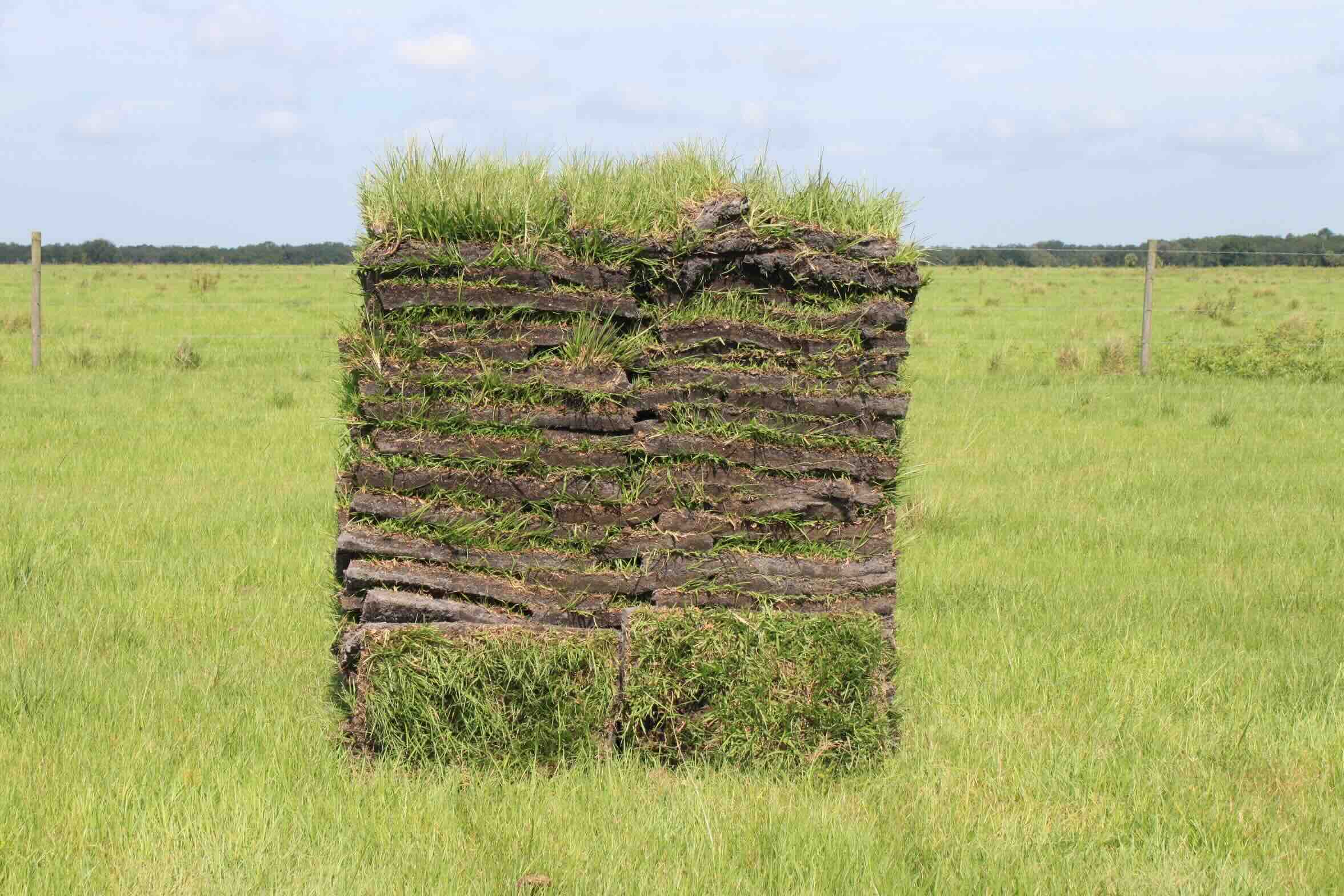
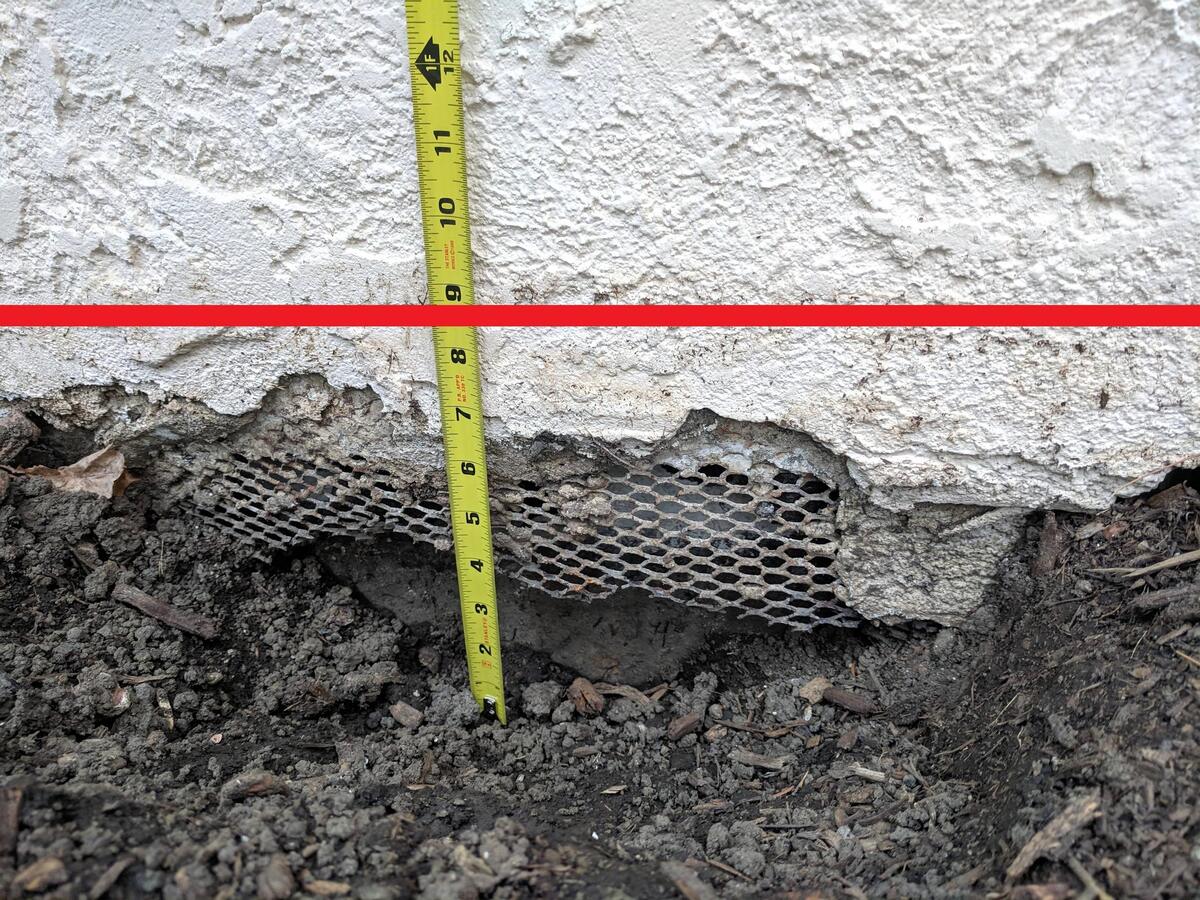
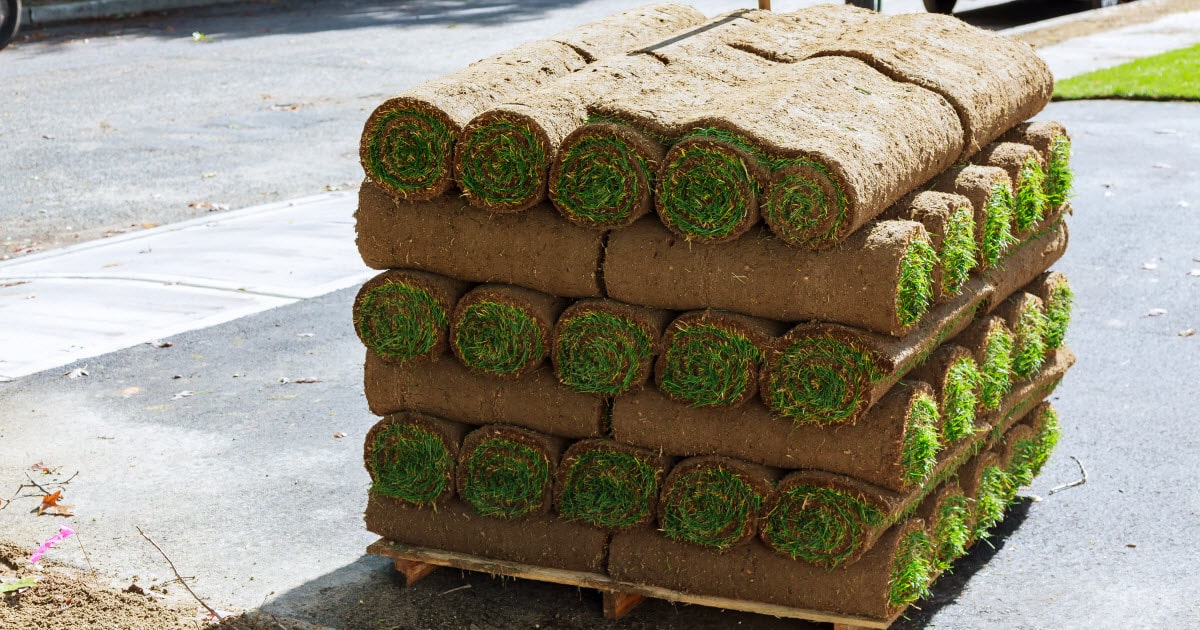
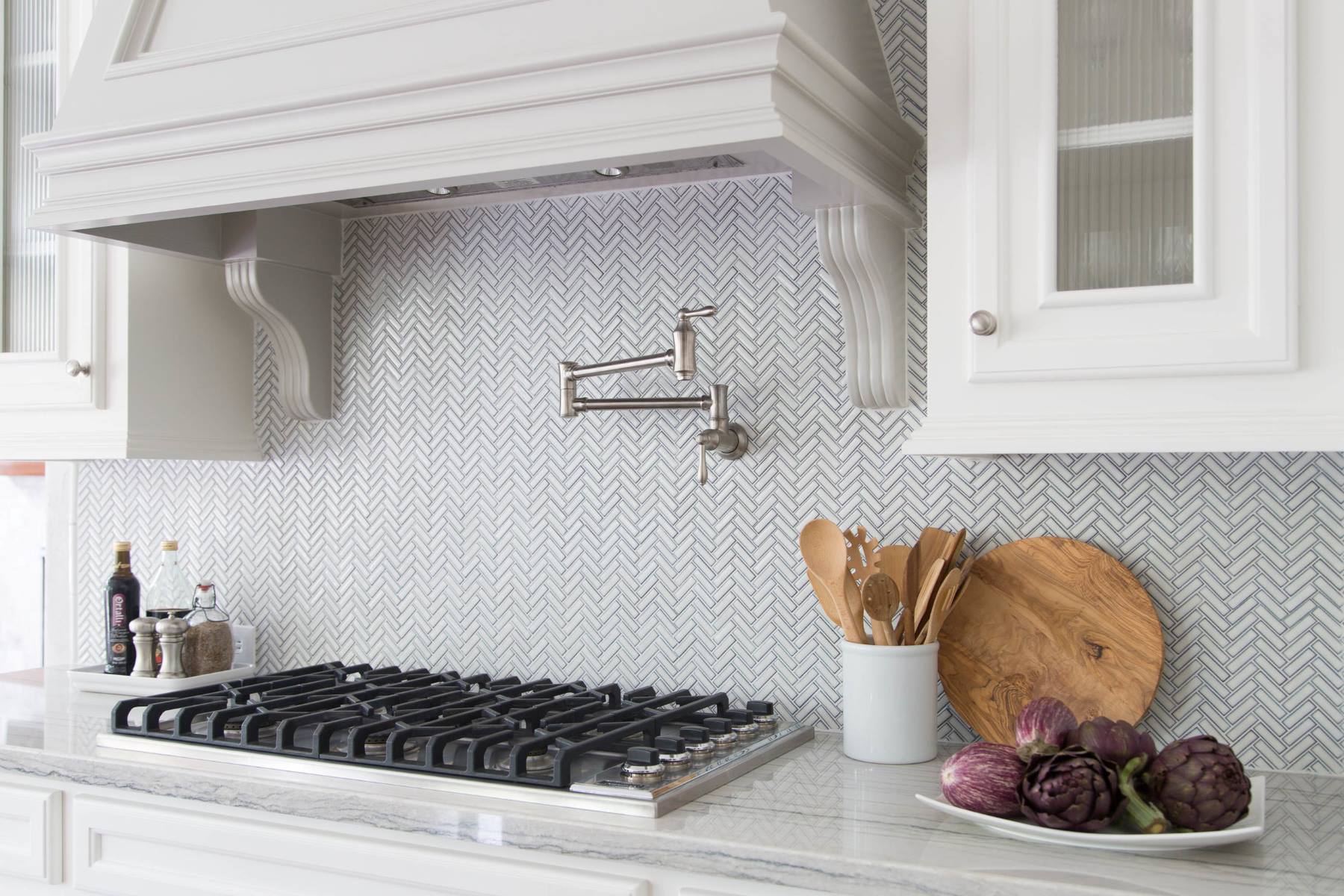
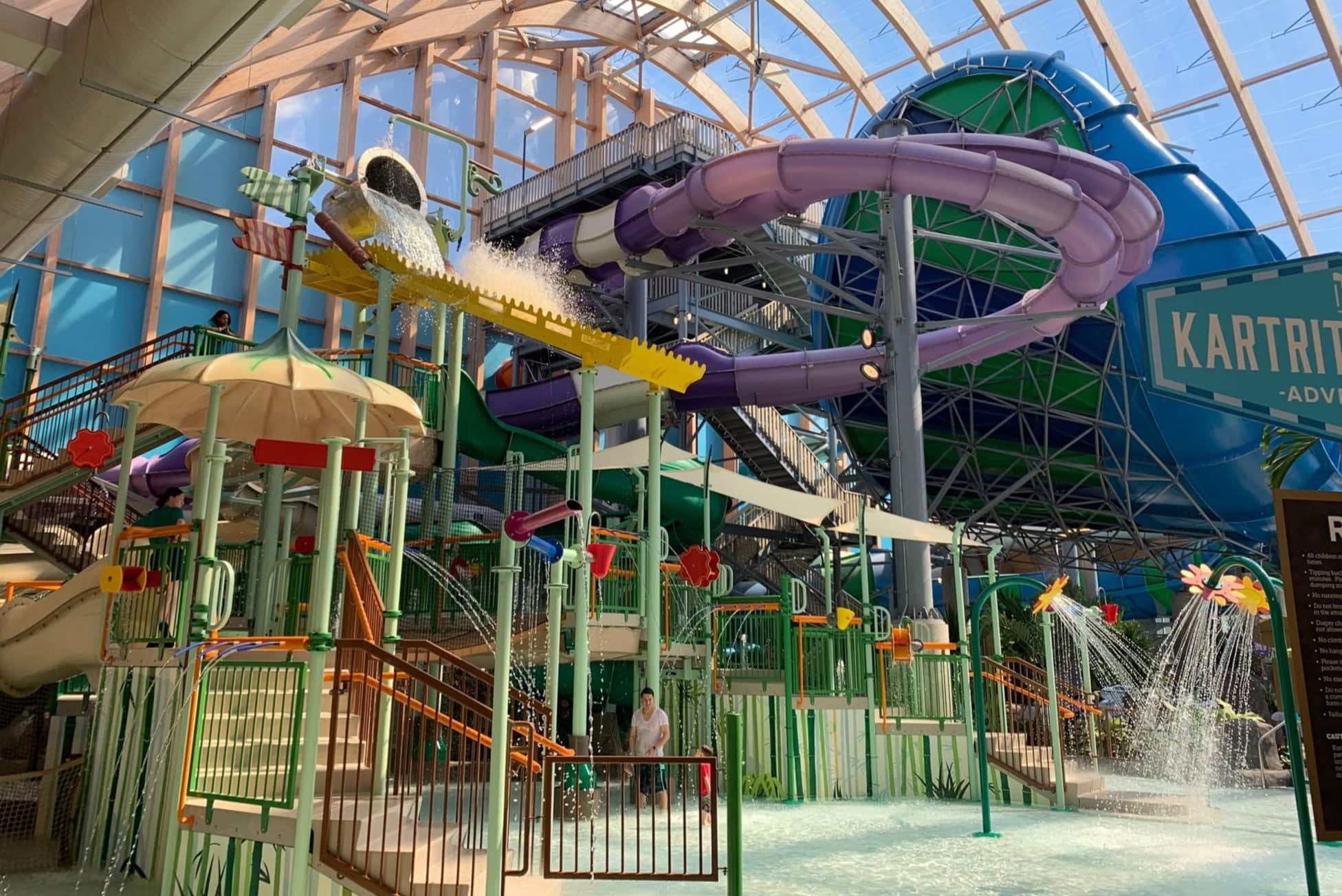
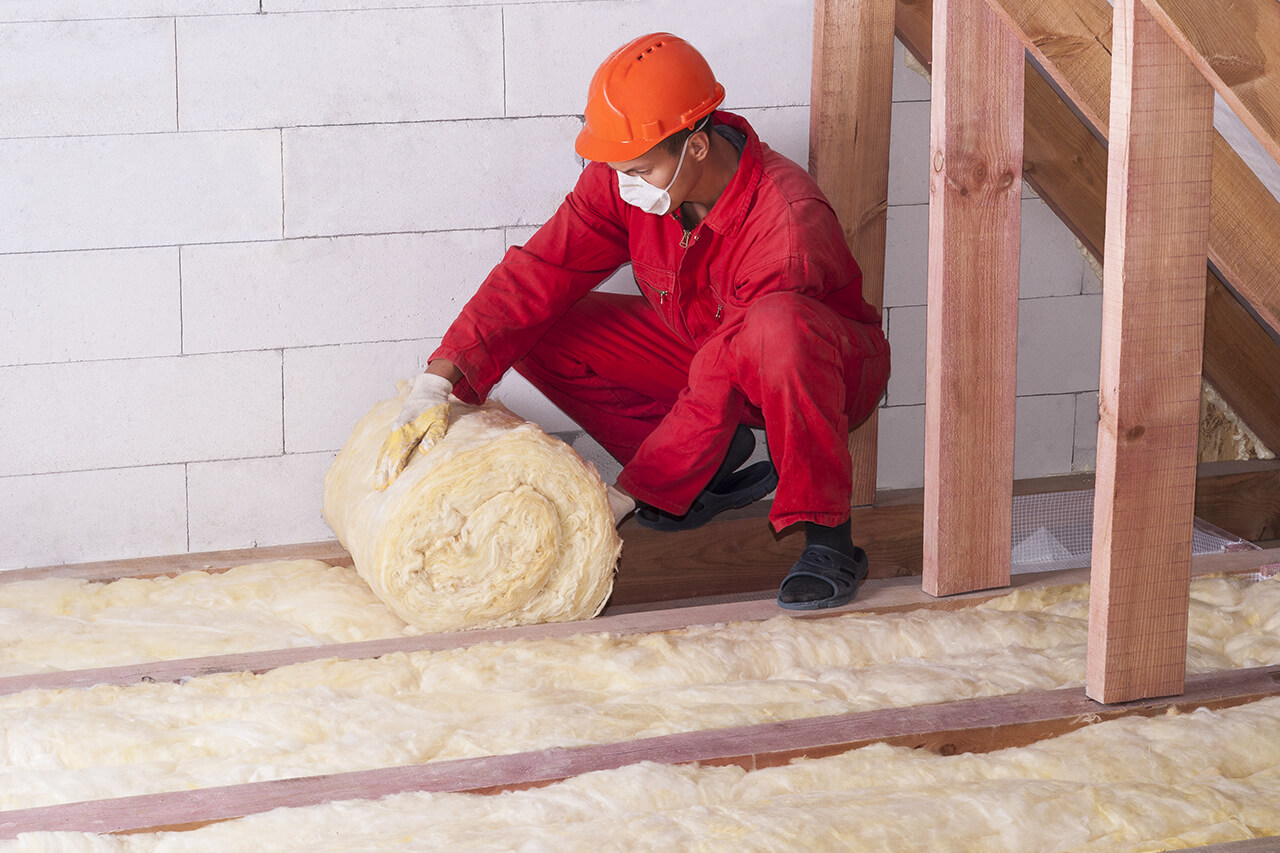


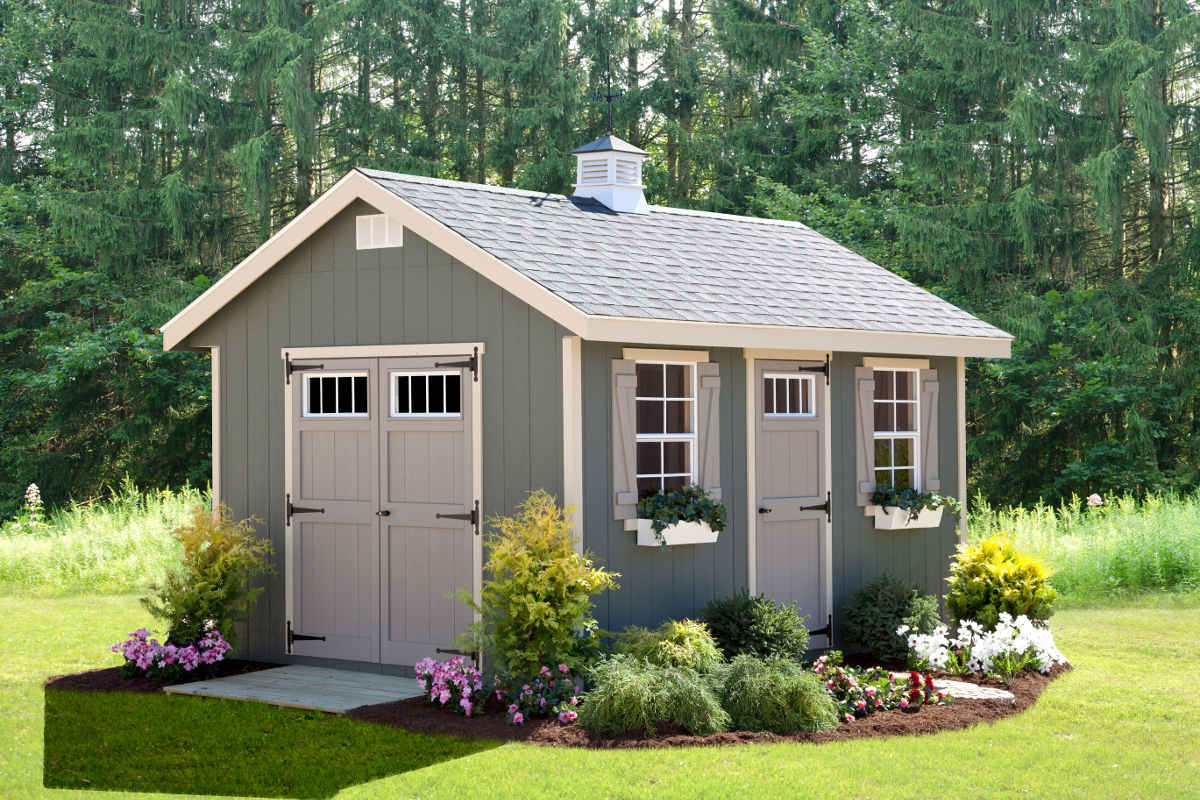
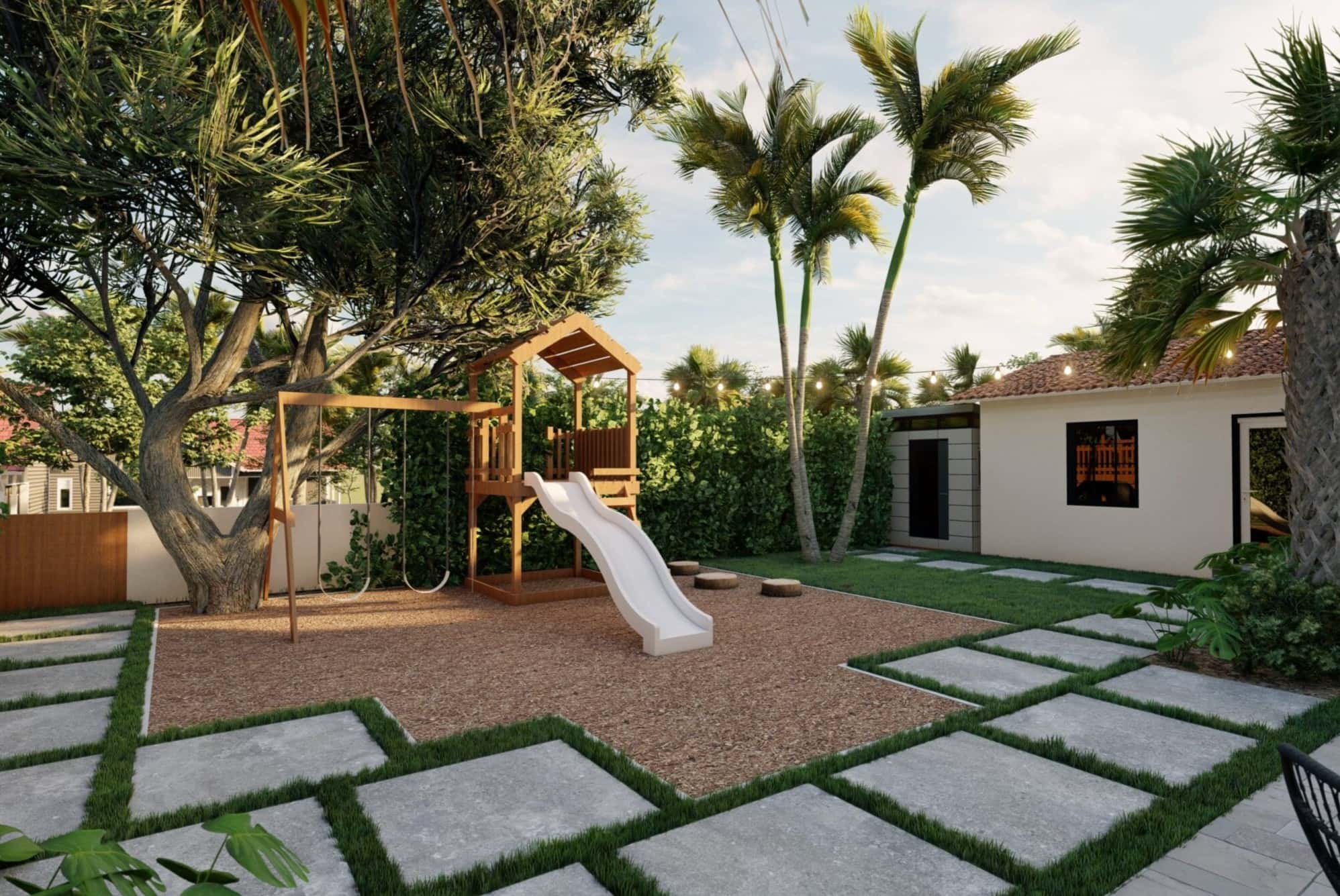

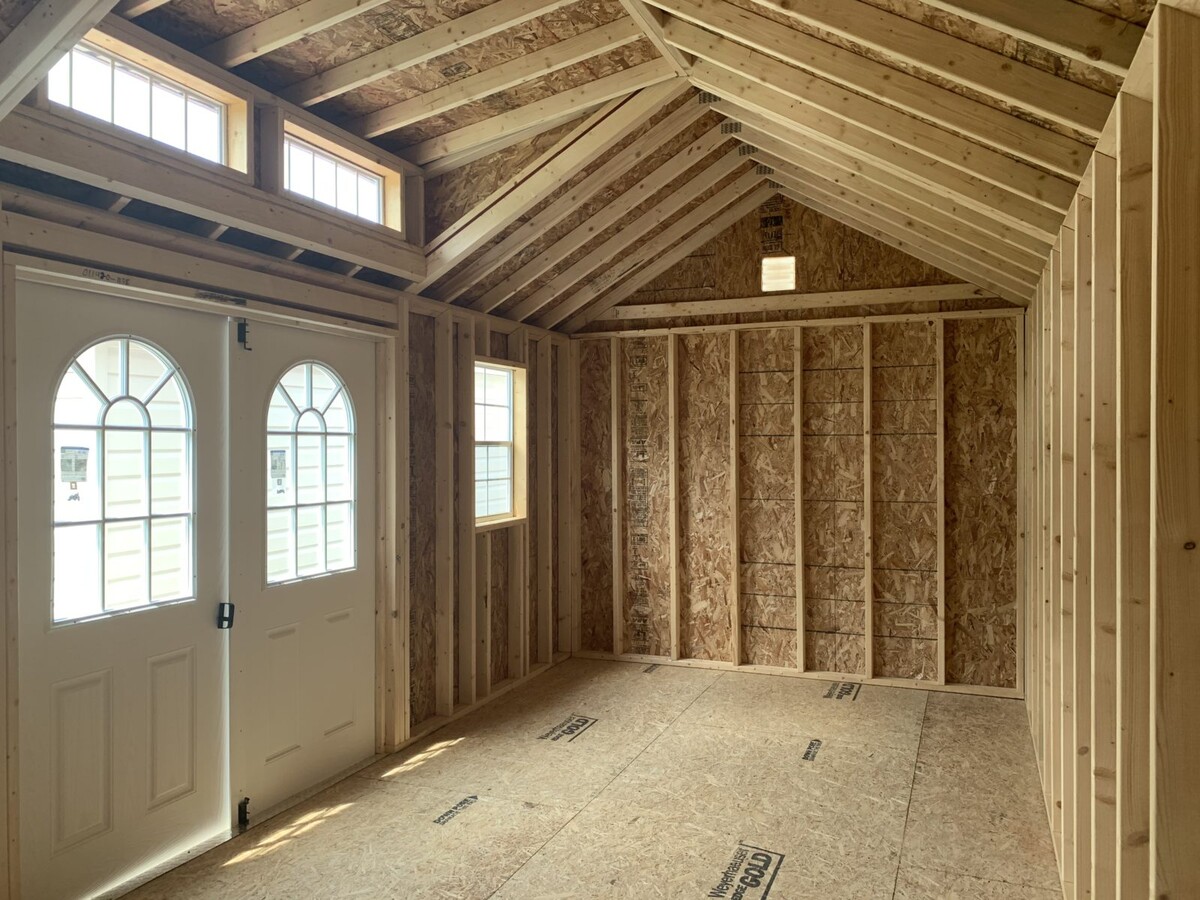
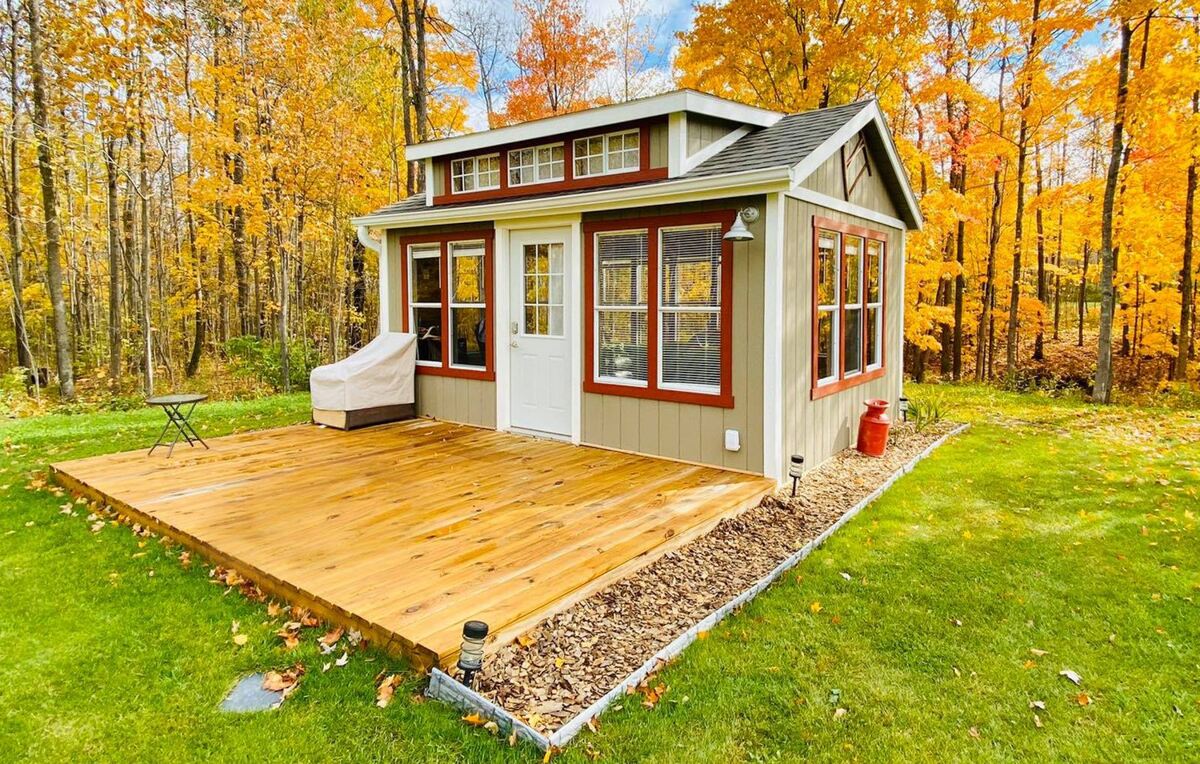
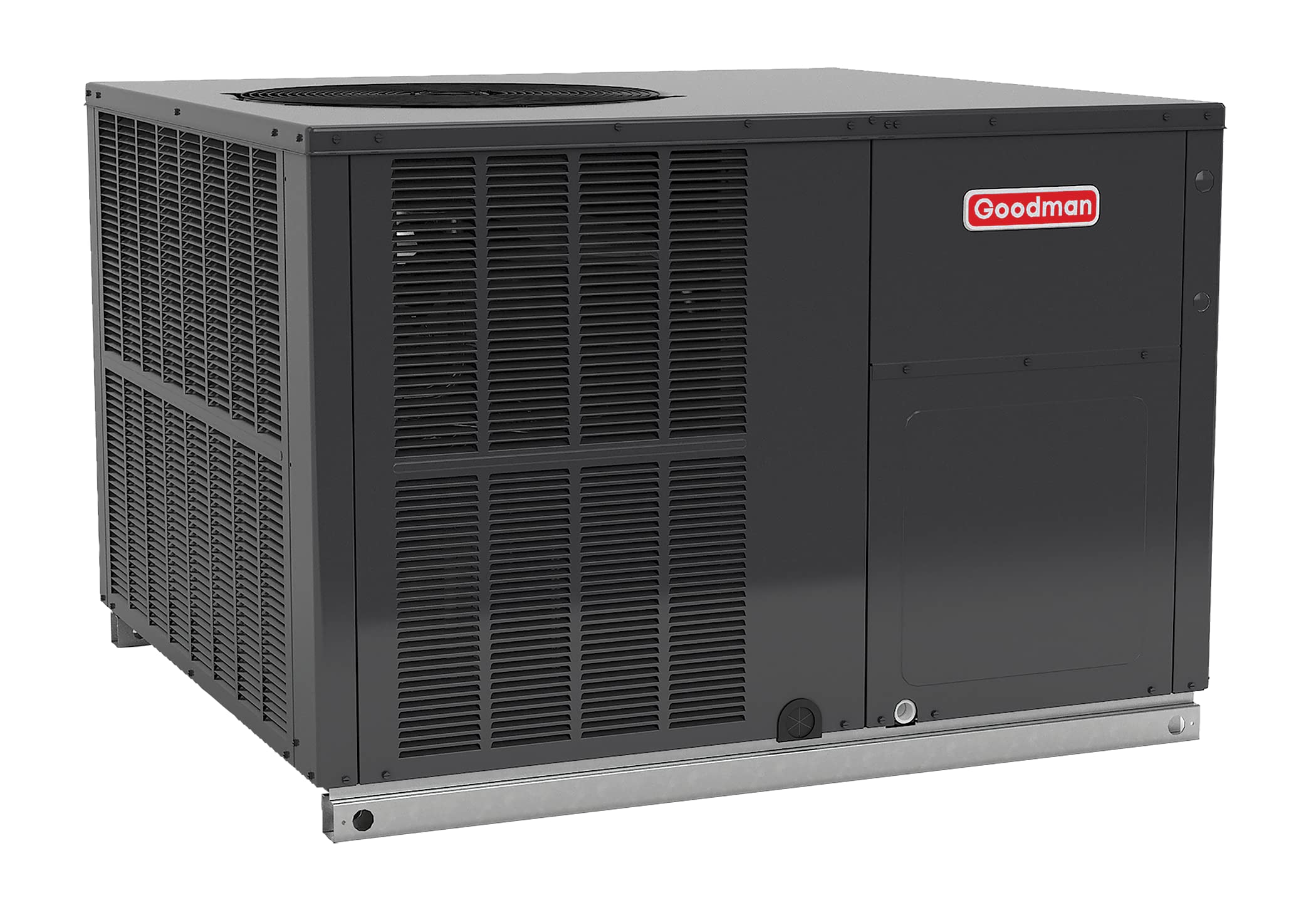

0 thoughts on “How Many Square Feet Does A Bale Of Straw Cover For Grass Seed”